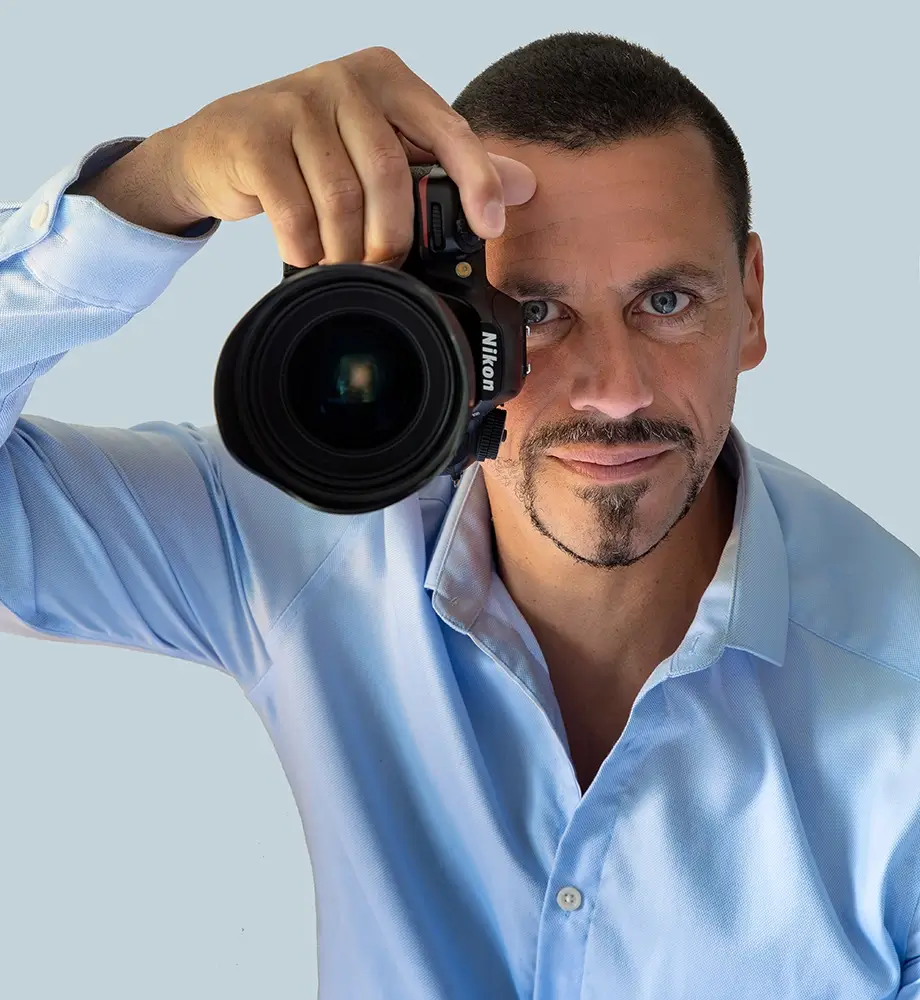My name is Olivier Jarry-Lacombe. I'm a self-taught photographer and committed globetrotter, a lover of freedom and wide open spaces.
After a career in finance for over 15 years, I decided one fine morning to change my life and put my family and my passions for travel and photography at the center of my life.
This decision, and the desire to return with exceptional and committed images, quickly led me to undertake numerous long-distance independent trips, in a van, throughout Europe.
These experiences transformed me. They profoundly changed my perception of the world and altered the priorities and direction I wanted to give to my life.
My photos are regularly published in daily newspapers and the specialized press in France and abroad, and I am fortunate to have seen my work recognized in some of the most prestigious national and international competitions.
I invite you, through my photos, to take a look at my photographic work which, I hope, will please you and invite you to travel and experience thrills.
